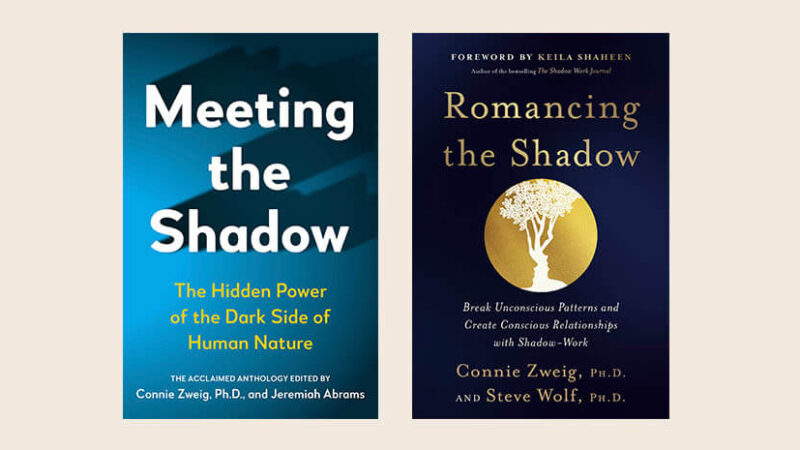Gratitude… a visual tour
We were honored at last year’s Wake Up Festival to have with us film maker Louie Schwartzberg, to introduce and show us his short piece on gratitude. While this life has so many challenges, uncertainties and, as the Buddha has taught, will inevitably involve suffering and the breaking-open of our hearts, there is an underlying preciousness here. Just by looking up into the sky or into the eyes of someone we love, or listening to the birds, or watching a flower bloom, we enter into timelessness and eternity. Something more than meets the eye is happening here… the miracle that is this life is waiting around every corner, is part of every conversation, and is unfolding throughout every minute of every day.
Enjoy this lovely short film on the power of gratitude and the preciousness of this one sweet life, narrated by our dear friend, Brother David Steindl-Rast:




